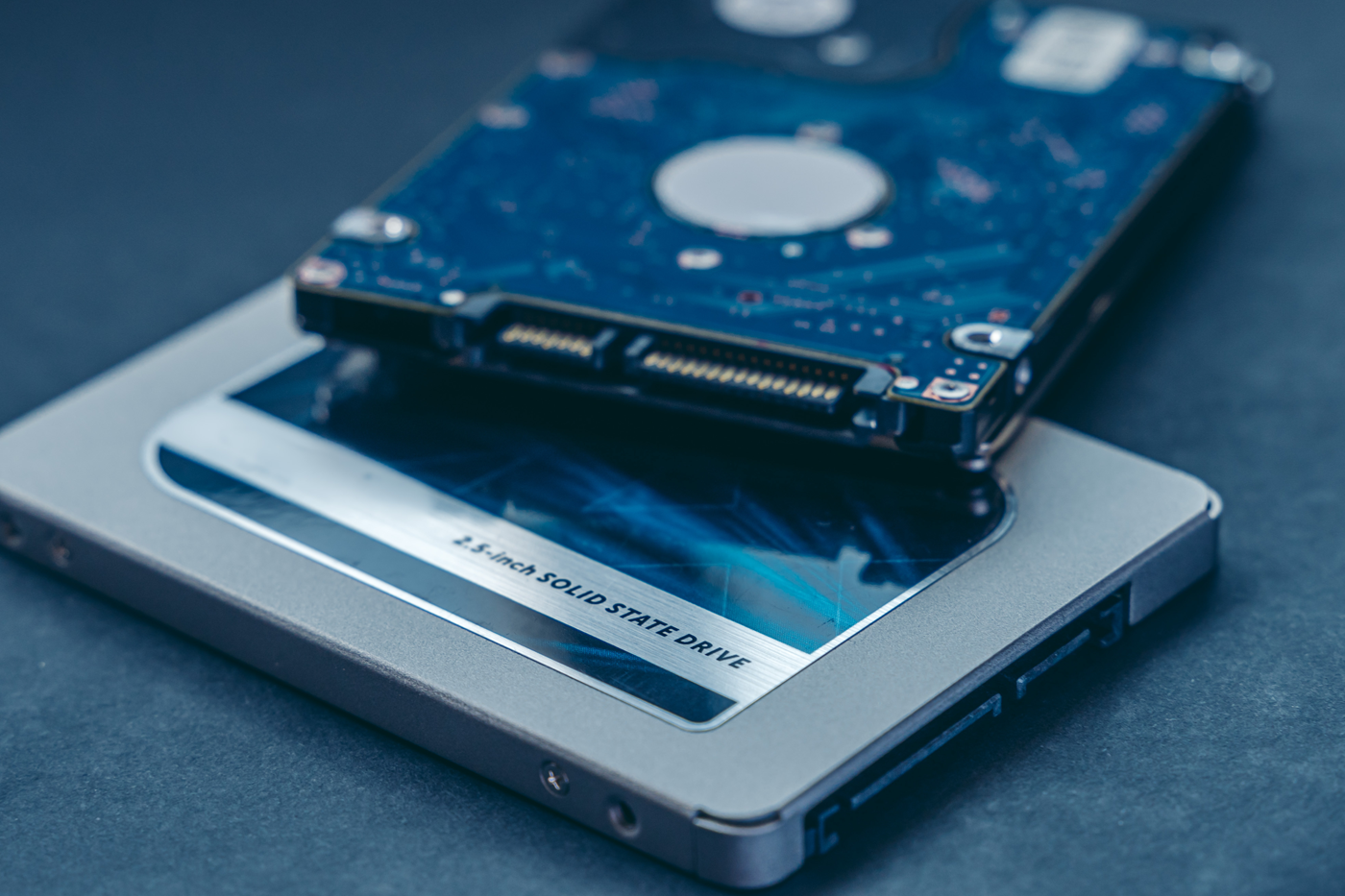hard drives ssds

Is SSD more compatible, here the facts By ARIHANT INFO SYSTEMS
Best SSD Drives: Reliability, Speed, and the Storage
Computer data storage and access have been completely transformed by Solid State Drives (SSDs). SSDs use flash memory, which has several benefits over traditional Hard Disk Drives (HDDs), such as increased durability, lower power consumption, and faster performance. HDDs read and write data using spinning magnetic disks. SSDs are now a common feature in the majority of contemporary computing devices due to the gradual decline in flash memory prices, which has made them more affordable for both individual users and business users. Contact us ARIHANT INFO SYSTEMS for the latest technology.
How SSDs Operate
NAND-based flash memory, a form of non-volatile storage that keeps data even when the power is switched off, is the foundation of an SSD. Moving is no longer necessary thanks to this technology.
ZEB-MN52
Features
- m.2 NVMe
- S.M.A.R.T
- Silent Operation
- Thermal management
- Ultra Low Power Consumption
Conclusion
Solid State Drives represent a major advancement in storage technology, offering significant benefits in terms of speed, reliability, and energy efficiency. As technology continues to evolve, SSDs are becoming more affordable and widespread, gradually replacing traditional HDDs in many use cases. Whether for personal computing or enterprise solutions, SSDs provide a faster, more reliable, and more energy-efficient way to store and access data, making them a smart investment for the future.
SSDs' Future: Quicker, Smarter, and More Effective
SSD drives have a bright future thanks to the quick development of storage technology, the growing need for speed, and the expanding use of data-intensive applications like cloud computing, AI, and 4K and 8K video. It is anticipated that SSDs will advance in speed, robustness, and intelligence over the coming years, revolutionizing storage on all computer platforms.
The widespread use of PCIe 5.0 and PCIe 6.0 interfaces, which greatly increase data transfer rates, is one important development. Although PCIe 4.0 SSDs have a speed of about 7,000 MB/s, PCIe 5.0 drives already double that, and PCIe 6.0 is expected to push the limits even further with theoretical speeds of up to 16,000 MB/s. These developments are crucial for workloads in the future.
Disadvantages of SSD.
Increased Price per GB
SSDs cost more per gigabyte than conventional hard disk drives (HDDs). Large-capacity SSDs (2TB and above) can still be fairly expensive, even though prices have decreased dramatically in recent years, particularly for high-performance NVMe models.
Inadequate Writing Sturdiness
SSDs, especially those that use QLC (Quad-Level Cell) or TLC (Triple-Level Cell) NAND, have a limited number of write/erase cycles. Flash memory deteriorates with time, which can shorten the drive's life if it is frequently used for continuous writing, as it is in server environments or for workloads involving video editing.
Difficulties with Data Recovery
Compared to HDDs, data recovery from an SSD failure is more difficult and frequently less successful. In the event that an SSD is corrupted or unexpectedly dies, recovering

